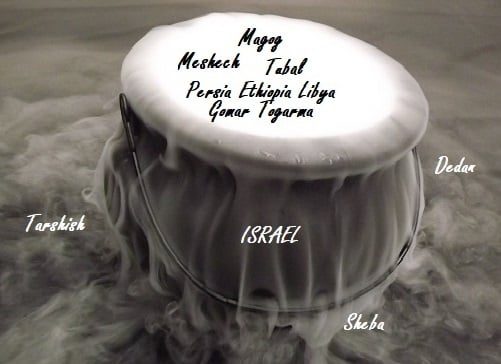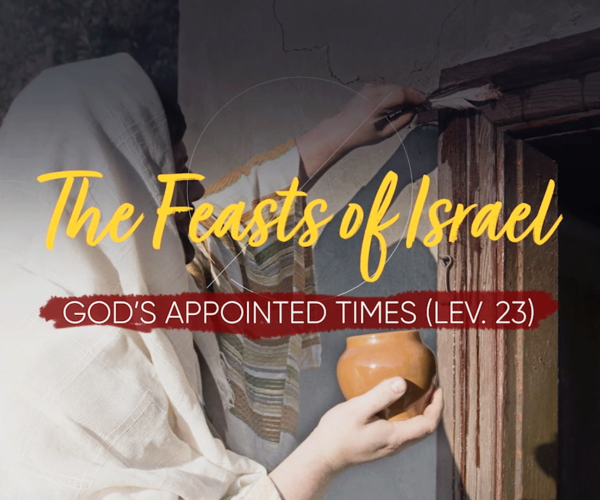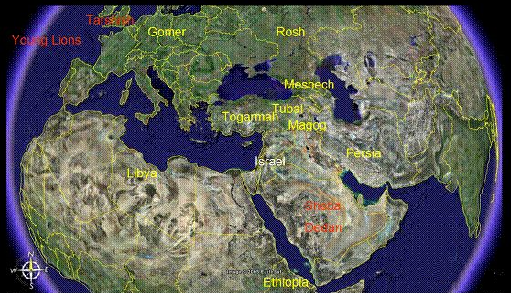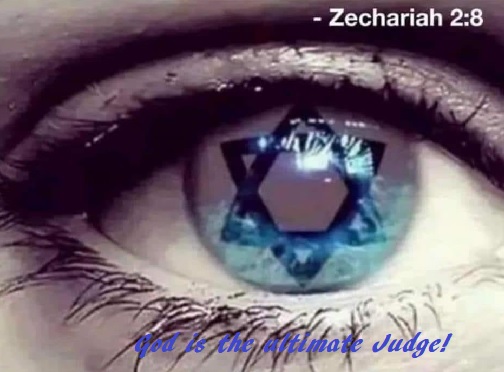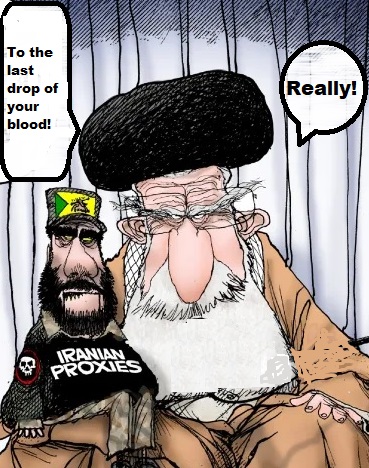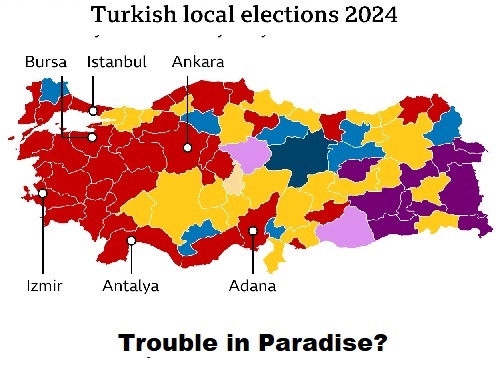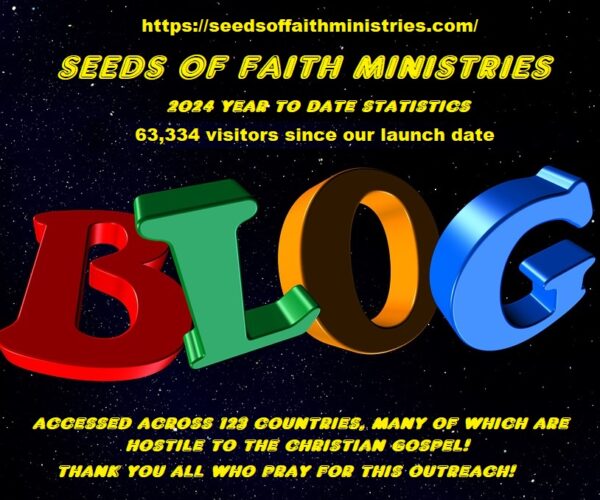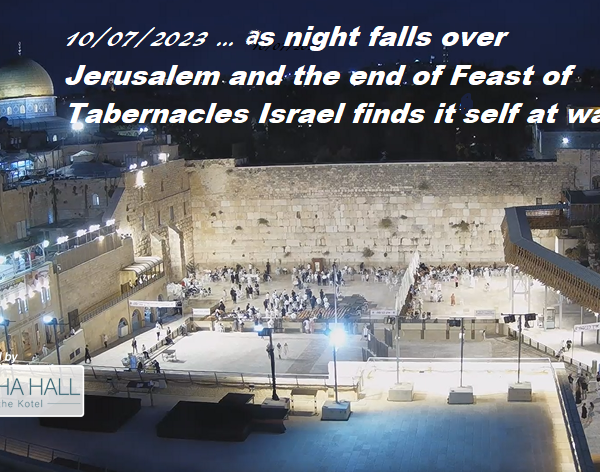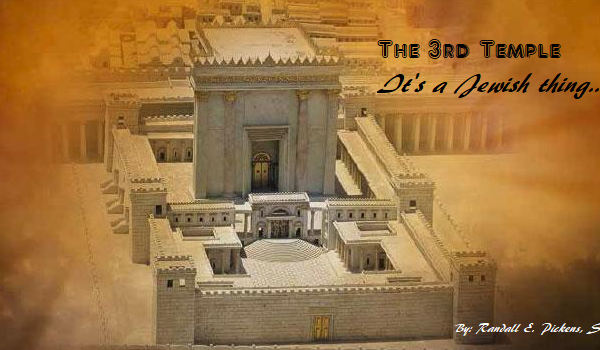Hallelujah! The move is complete! I believe we were successful in maintaining the look and feel while taking the opportunity to introduce enhancements. LET US KNOW WHAT YOU THINK!
Blogs
What’s Next? 7 Prophetic Events on the Horizon!
AUDIO PLAYER NOW AVAILABLE! OR CLICK IMAGE TO READ ENTIRE ARTICLE!
This article combines 7 “future” Prophetic events that we are actively monitoring. The question for us today is, could 2025 be the year for many of these to be fulfilled? You can access links to these individual articles regarding these events from this single article. We will continue to monitor progress and report as appropriate!
Is the United States mentioned in Biblical Prophecy? YES!
AUDIO PLAYER NOW AVAILABLE! or CLICK IMAGE TO READ ENTIRE ARTICLE!
Many are asking; Is the U.S. mentioned in Biblical prophecy? Well, I think Ezekiel 38 may well have mentioned the U.S. metaphorically … so….. Check it out….
NEWS FLASH – Does peace have a chance?
NEWS FLASH – Does peace have a chance in 2025?
The saber rattling has intensified! Certainly this phrase rings true to end time prophecy “…wars and rumors of wars” Mathew 24:6.
NEWS FLASH – Erdogan Stirs The Pot!
NEWS FLASH – Erdogan Stirs The Pot!
Turkish Armed Forces have arrived at the T-4 Air Base and Palmyra Military Airfield in the Homs Governor-ate of central Syria
NEWS FLASH – Turkey in CHAOS
NEWS FLASH – Turkey in CHAOS
Hundreds of thousands are said to have taken to the streets of Istanbul in protest of heavy handed Erdogan.
Seeds of Faith Ministries BLOG Audio Playlist
What’s Next – Prophecy Reviews For those of you who are on the go and would like to listen to […]
FAITH MUST HAVE AN OBJECT!
FAITH MUST HAVE AN OBJECT! So, what is the object of your faith?
Bashar al-Assad, Dead or Alive?
AUDIO PLAYER NOW AVAILABLE! or scroll to read the article…
Bashar al-Assad, DEAD OR ALIVE?
DOES IT REALLY MATTER?
Comfort the grieving! But not with idle words!
CLICK IMAGE TO READ ENTIRE ARTICLE!
When we experience the loss of a friend or loved one, it is natural to want to comfort the grieving! I get that! What concerns me is the lame responses that I hear repeatedly offered by those who should know better.
Why is the Shofar blown throughout the month of Elul?
CLICK IMAGE TO READ ENTIRE ARTICLE!
The month of Elul has some interesting characteristics and we will explore them in the lead up to the 2024 Fall Feast Days!
What constitutes an “ALL-OUT WAR”?
CLICK IMAGE TO READ ENTIRE ARTICLE!
The United Nations is complicit in the terrorist acts against Israel. Their only real fear is that their favored nations are at risk of defeat!
WOKE TOLERANCE REALLY MEANS “ACCEPTANCE”
CLICK IMAGE TO READ ENTIRE ARTICLE!
The WOKE movement is not a 21st century awaking but rather an age old rebellious movement; a challenge to Almighty God, our creator!
Oct 7, 2024 – Litmus Test for Antisemitism
CLICK IMAGE TO READ ENTIRE ARTICLE!
So, here is the bottom line! If you are not willing to “condemn unequivocally” the actions taken by Hamas on Oct. 7, 2023 then you are complicit and guilty in the eyes of God of the act yourself!
Why Iran’s threats are “Full of Hot Air”
CLICK IMAGE TO READ ENTIRE ARTICLE!
Proxies pay the price while Tehran remains unscathed…. the day after the attack many of the Arab world poke fun at the Ayatollah’s empty threats; Iran may find it harder to manipulate proxies!
Turkey’s Erdogan and his AK Party were served up some “Humble Pie” in recent elections.
CLICK IMAGE TO READ ENTIRE ARTICLE!
Six of Turkey’s largest cities gave Erdogan’s AK Party the BOOT!
International Meddling in Israel’s Affairs
CLICK IMAGE TO READ ENTIRE ARTICLE!
Billions across the world will soon celebrate the “Holy Week”, specifically events surrounding the death and resurrection of Jesus Christ a Jewish man, yet challenge the FACT that Israel has existed since the original Abrahamic Covenant and the Mosaic fulfillment of the Jewish Promised Land thousands of years ago! The United Nations has become the United Nations AGAINST ISRAEL! The most Useless organization in the world!
Farewell to 2023 – Onward to 2024
CLICK IMAGE TO READ ENTIRE ARTICLE!
2023 was a great success; let’s make 2024 even better!
Seeds of Faith Ministries is committed to raising the awareness of these prophetic truths and the purpose of prophecy, to build our faith and expectation! I am thankful for the opportunity to participate in this effort and I pray each of you will do your part in 2024 to spread this message of hope! I would remind you all of a phrase I introduced that has become a “mantra” here at Seeds of Faith Ministries.
“PROPHECY IS THE ACTIVE VOICE OF GOD TO THE GENERATION OF FULFILLMENT”.
2023, ISRAEL AT WAR!
CLICK IMAGE TO READ ENTIRE ARTICLE!
2023 Israel at war! Will the “peace maker” of Daniel 9:27 emerge? Certainly could be the catalyst event to initiate this false peace BUT it won’t be until HAMAS has been annihilated!
BEWARE! Potential partners that have hidden agendas…
CLICK IMAGE TO READ ENTIRE ARTICLE
“the enemy of my enemy is my friend”! Turkey’s Erdogan is not the partner without risks! Israel BEWARE! Erdogan reveals his “real; feelings” and he’s not an ally! GOG RISING!
The 3rd Temple – It’s a Jewish thing…
CLICK IMAGE TO READ ENTIRE ARTICLE
Regardless of one’s personal perspective (Jew or Christian) as to the value of a 3rd Temple there should be no question that it will be a pivotal prophetic event and a point of contention in the Tribulation period. God and Satan alike see it as a challenge to their Kingdom authority. It will be built and destroyed again! Selah!

